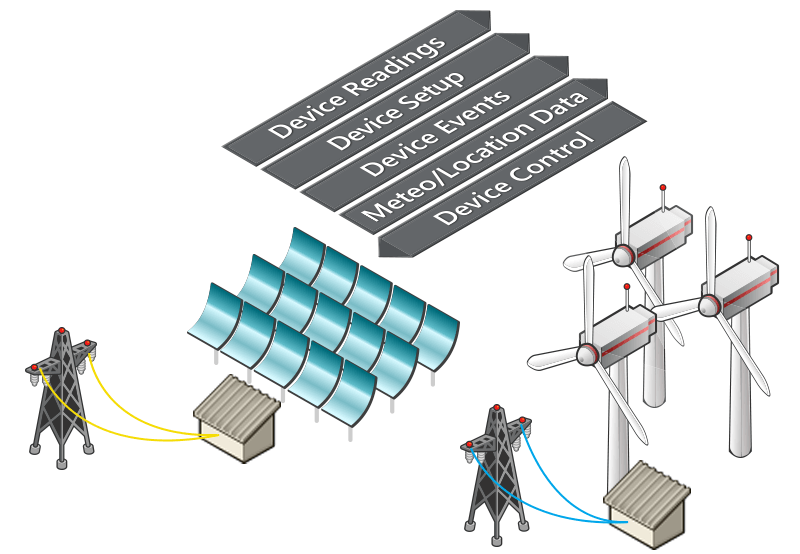
Complete data acquisition and standardized aggregation including the ability to extrapolate a forecast production plays a major role how energy suppliers can cope with grid and market dynamics. Utility companies search for better ways to manage infrastructure and facilities more efficient under constant pressure to reduce costs. This requires full insight and agile information mining, using data stores which do not compensate the savings themselves.
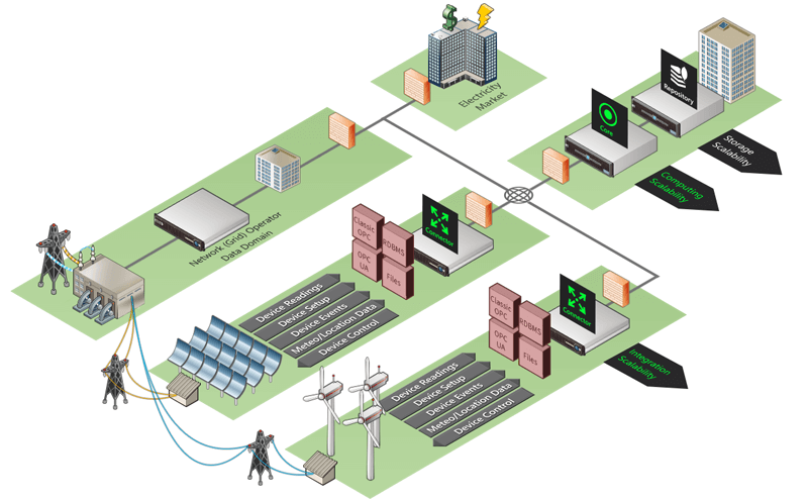
Central Repository
All data of system:Nozom, including data from the field, but also internal system monitoring, statistics and logs, is stored in the central repository, which serves also as the unique configuration interface of the entire system. To be completely independent from the individual data source and flexible to reflect any given structures, a schema-free open database is used. system:Nozom consolidates all data into one central repository, that can be easily accessed by any modern corporate IT.
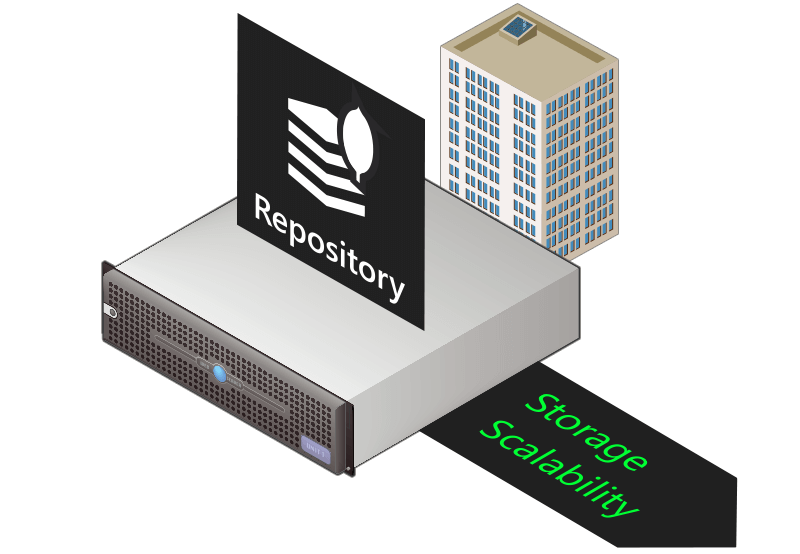
Core & Computing Scalability
system:Nozom´s Core Service controls the underlying architecture of Connector instances. It distributes configurational changes, processes incoming data and creates reflective images of the data in the Repository, such as the Process Image, Alarms and Events or Data History. To allow for very large systems or redundancy, system:Nozom supports multiple, parallel Cores.
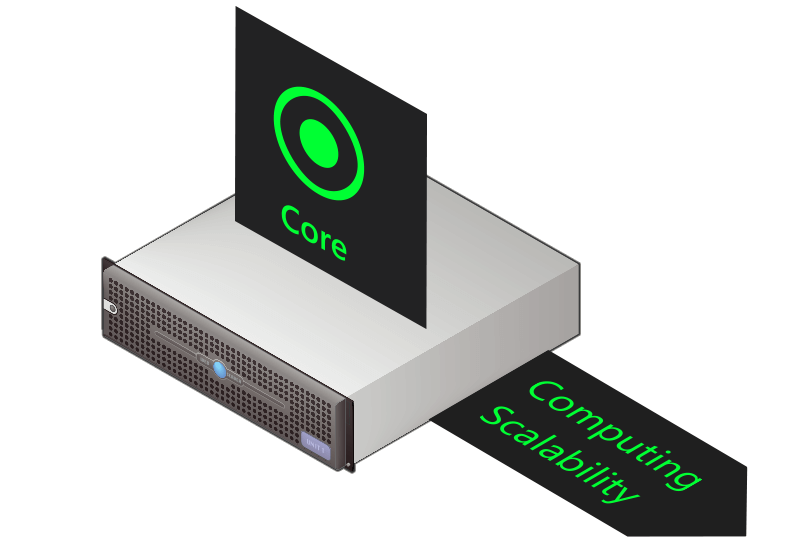
Electricity Market
Energy producers get the best price if they supply as announced before. In order to support this scenario, system:Nozom lets you define history aggregates and forecast windows for each monitored item according to the time resolution required (e.g. 10 or 15-minute windows). The production data forecast window can be easily consolidated with maintenance schedules and meteorological forecast data and as such work as an input for the final production forecast.

Network Security
system:Nozom respects the mandatory need for a distributed and secure network architecture, by fully supporting firewall protection on each network level involved, be it on the individual site, or on the enterprise network layer. The communication of system:Nozom‘s main components relies on true single TCP port connections, which adapt to the bandwidth by content prioritization and are as such well-suited for lower bandwidth with cellular or satellite communications.

Network Operators
Energy producers require to provide access to real-time data to third-parties, such as network operators or meteo data partners. system:Nozom allows to create virtual Namespaces (a subset of the entire data scope), which gives such companies exactly that ‘information window’ they require. Safe and secure, easy to manage.

Connector & Endpoint System Integration Scalability
The system:Nozom Connector is the application exchanging data with multiple systems and interfaces, typically residing on a remote location. Depending on the scale of the architecture and data sources to be integrated, it can be one or many Connectors per site. Integrating a new site to the enterprise system is only a matter of adding more Connectors to the overall architecture.
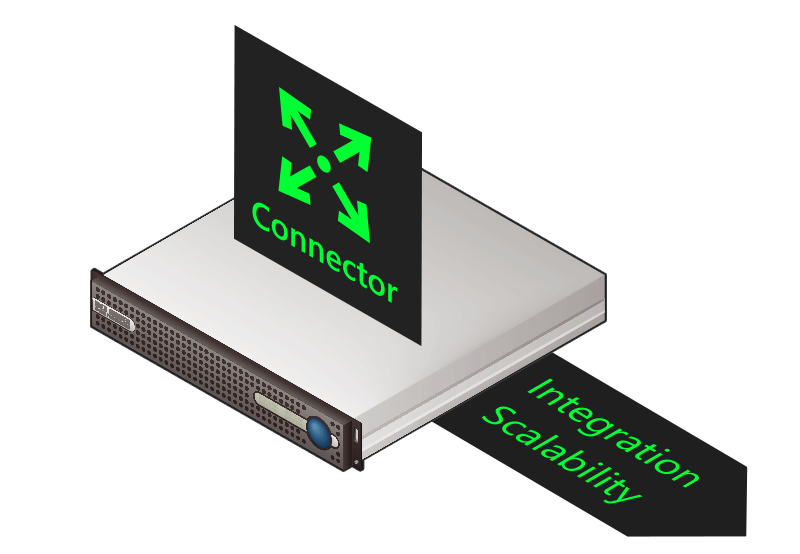
Interface Standards
Especially with the new technical opportunities which come with OPC Unified Architecture, state authorities have new options to create a nationwide, standardized real-time measurement infrastructure for the various requirements mentioned above. system:Nozom supports the migration from older technologies such as file-based measurement transmission in parallel.
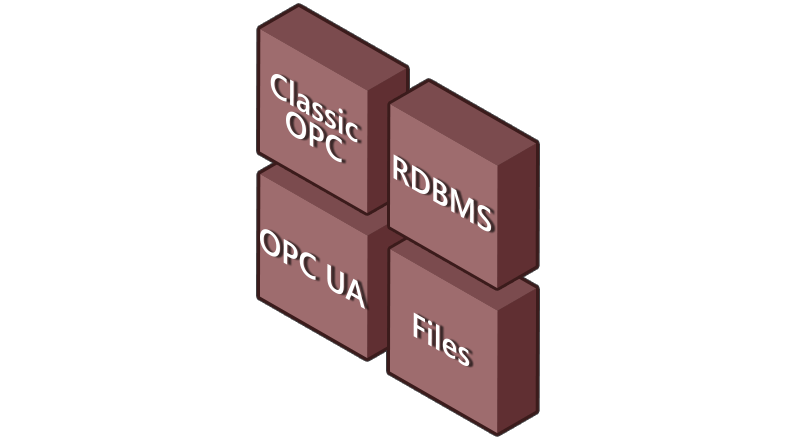
Support for Various Information Sources
Solar plants and wind farms share the communication strategy with conventional industries. For real-time data access and event streaming, any flavor of OPC is usually what you can expect from your turbine or module supplier – either with the native controller or the SCADA system. system:Nozom supports all major OPC flavors (DA, XML-DA and UA) and can be used as the standard Asset Management Box. Standalone or redundant. Plug-and-play.
